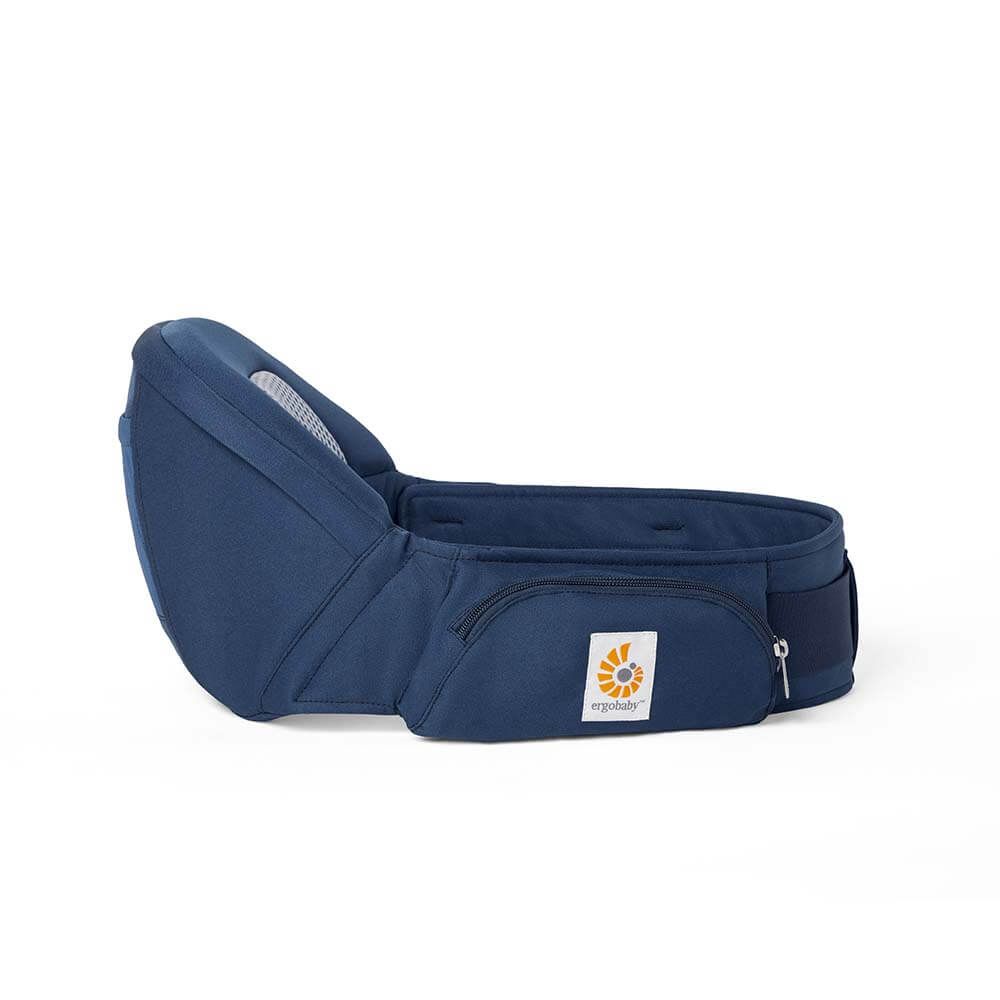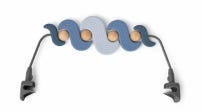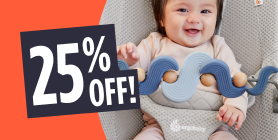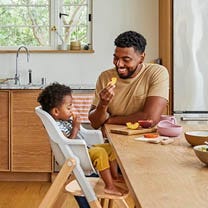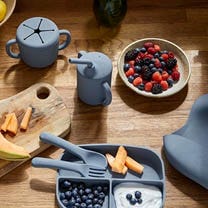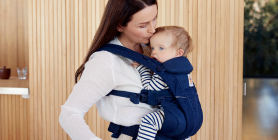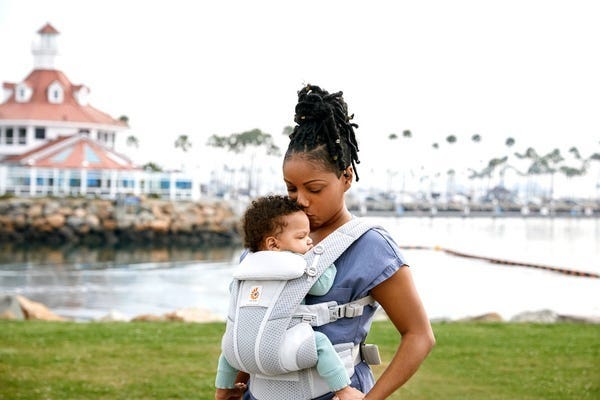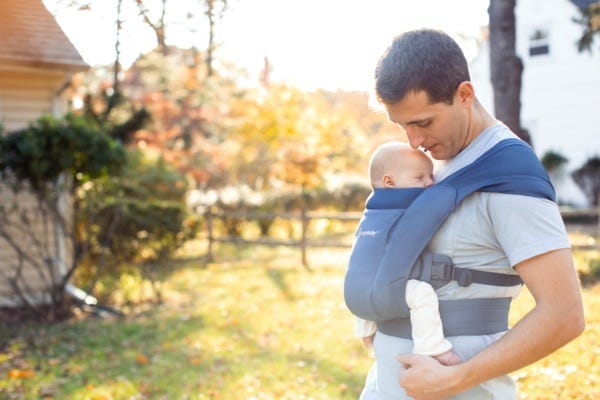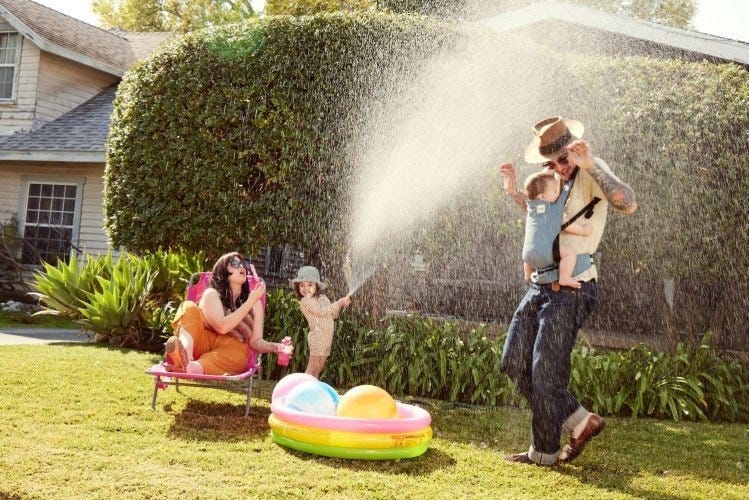We cherish our children and devote ourselves to serving their best interests in their health, happiness and development. When they are babies, we hold them close to our hearts to nurture our bond with them. In their maturation they insist on freedom and we gradually let them go to foster their independence. We give them the best guidance we know so they may make the best choices along the pathway of life. Our choices decide the quality of life for generations to come. Our Universal circumstances are now pressuring us as a collective society to choose between health and sustainability or toxins and conventional agriculture
Cotton In Our Everyday Lives
A helpful fact from the Untouched World website (untouchedworld.com) warns "pesticides used in conventional cotton farming can enter the human food chain. Cotton is grown primarily for its fiber and is regulated as a non-food crop. However, the majority of the cotton plant by weight ends up in our food supply. Cottonseed oil is used in processed foods. Beef and dairy cows are fed cotton straw, cotton seed meal and waste from cotton gins." It is very common to find salad dressings, candy and cakes that include cottonseed oil in their ingredients, and since it is not organic cottonseed oil, it is the sludge oil full of toxic chemicals.
The Shift from Nature To Chemicals
Why do we need to choose between taking the organic high road to healthy vitality versus the slippery slide down, poisoning our foods and fibers through conventional agriculture? How did we get to this point? Organic cotton grows beautifully within verdant ecosystems nourished by living soil and by the cycles of life. Waste is recycled into nutrients, and the sun and rain are utilized to grow healthy plants blossoming with white cotton puffs. Organic agriculture is based on sound principles that enhance wellbeing of the fields as well as the farmers who work the fields and the products that are produced for the consumers of our global environment. This also includes caring for the people who transform the fiber into textiles and the fabric into products. Organic cotton is the sustainable and supportive choice.
So, why and how did our successful organic world change less than a century ago?
One factor was the surplus of war chemicals at the end of World War II. Left over bomb ingredients, e.g., ammonium nitrate, and bug repellent, e.g., DDT, and other chemicals were engineered into agricultural products and used to kill the plant pests and weeds. The excess chemicals found a home in our fields, our food chain, and our fatty tissue, leading to disease in our bodies, and wreaking havoc on our ecosystems. This singular focus of reaping profits from excess chemicals ignored the cost of health on all levels, including the birds and insects whose contributions are vital to the soil and ecosystem. Our soil has suffered desertification as a result, losing its vitality and natural beneficial relationships wherever toxic chemicals are used. Mr. Ramji Raja, consultant for ERGObaby's Organics production in India, offered his insight, "The end of the war may have been the start of chemical farming, but that was just the seed! It was the intensive agriculture taken over by corporate entities that brought the most detrimental viewpoint; they saw the land as a factory. They ignored the fact that soil is a living organism, not taking care to see that the life of the soil was was nourished and sustained. Proudly, Mr. Raja shared, "Textiles have been created in India for 5,000 to 6,000 years, and were always grown organically until the British came in the early 1900's. Large mills were set up, and grew, until India produced 97% conventional (toxic, chemical) cotton textiles. It has been a process and has taken years of education, and increasing lobbying and awareness to move organics forward. India is now the world's largest nourished and sustained." producer of organic fibers."
Back To Our Roots
Mr. Raja is enthusiastic about the operations he oversees that create ERGObaby Organic products, "We look at the entire system around the baby carrier, not only using very stringent testing and certifying by the highest organic standards. We also put a huge emphasis on environmental and social accountability, looking at the fiber, spinning and weaving processes, and how they affect the water that leaves our factory. Our water goes through three stages of purification until finally it is used outside our factory to water the trees. These are trees we plant around the factory to honor our visitors." Each visitor has a plaque with their name on it by the tree that has been planted in their presence. Choosing organic cotton has the most positive impact because it supports and enriches all life, including everything that touches our skin, feeds our bodies, and nurtures our peace of mind. We choose organic as often as possible in these times of transition for all these reasons. Organic cotton is grown from a web of healthy relationships locally and around the world; an inviting and very easy personal choice to make.
Emotional Benefits of Getting Outside
Spending time in nature with your baby can strengthen the bond between you. The simple act of holding your baby close, feeling their warmth, and sharing new experiences together can create strong emotional connections. It’s also a wonderful way to reduce stress and improve your mood. When my littles were extra fussy, I’d take a walk around the neighborhood. Even though I don't live in an area with trails and surrounded by nature, simply behind outside changed everything. A little vitamin D does wonders!
Cognitive Development
Nature is a sensory wonderland for babies. The different sights, sounds, and smells can stimulate your baby’s senses and promote cognitive development. Watching leaves rustle, hearing birds chirp, and feeling the texture of a tree bark can all contribute to their learning and development.
All About Baby Carriers for Nature Adventures
Choosing the Right Baby Carrier
When it comes to selecting the best baby carrier for summer adventures, there are several options to consider.
Types of Baby Carriers:
- Wraps: Perfect for newborns, providing a snug and secure fit.
- Slings: Ideal for quick and easy use, offering good ventilation.
- Soft Structured Carriers: Versatile and comfortable for both parent and baby, suitable for longer trips.
Factors to Consider:
- Baby’s Age and Weight: Ensure the carrier is appropriate for your baby’s size and weight. For example, Ergobaby’s Embrace Newborn Carrier is perfect for the fourth trimester where baby is small and you’re looking for an easy way to stay close. As they grow, you’ll want to upgrade to an all-position carrier that’s meant for growing babies.
- Parent’s Comfort and Ergonomics: Look for carriers with padded shoulder straps and lumbar support if you’re planning on longer outings.
- Ease of Use: Choose a carrier that is easy to put on and take off.
- Climate and Breathability: Opt for carriers made of breathable fabrics to keep you and your baby cool in hot weather.
Safety Tips:
- Proper Positioning: Ensure your baby is seated correctly, with their legs in an "M" position and their head should be close enough to kiss.
- Checking for Wear and Tear: Regularly inspect your carrier for any signs of damage.
- Ensuring Adequate Support: Make sure the carrier provides proper support for your baby’s head and neck.
Exploring Nature with a Baby Carrier
Ideal Spots for a Nature Walk with Baby
- Parks and Gardens: Great for leisurely walks and picnics.
- Nature Trails and Forests: Perfect for more adventurous outings.
- Beaches and Lakesides: Wonderful for enjoying the water and sand, with the right carrier.
Activity Ideas
- Hiking: Enjoy a scenic hike with a hiking baby carrier that offers support and storage.
- Bird Watching: Use your carrier to keep your baby close while you explore and observe wildlife.
- Picnics: A carrier can free up your hands, making it easier to carry picnic supplies.
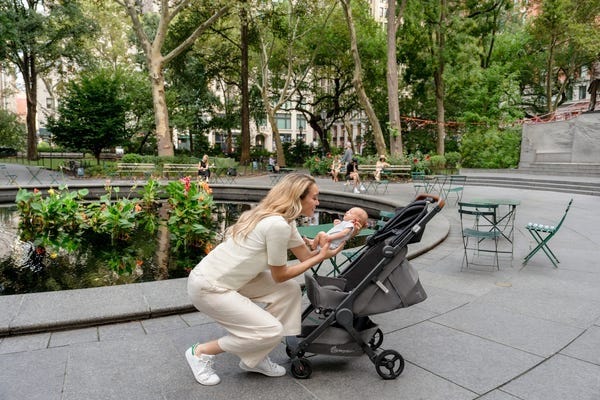

Advantages of Using Strollers for Nature Adventures
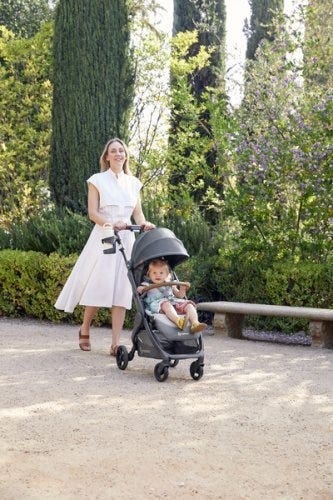

While baby carriers are fantastic for mobility and closeness, depending on the adventure of choice you might want to be a stroller along too.
There are a LOT of baby stroller options on the market. So we understand how confusing it can be to choose the one that’s right for your family. Not only are there a variety of brands, but a variety of strollers that serve different purposes.
There are a few types of strollers on the market:
- Full-sized stroller: This is typically the stroller parents thing of buying for all its versatility.
- Lightweight or umbrella stroller:These compact strollers are perfect for on-the-go adventures.
- Jogging stroller: Designed for parents who want to combine fitness with outdoor adventures.
- Double stroller: Designed for parents with multiple kids, especially twins.
- Car seat carrier: These strollers connect to a specific car seat. We don't typically recommend these as they can be unsafe for baby and uncomfortable for parents who are pushing.
Learn more about the types of strollers and which one would be best for you.
Benefits of Bringing a Stroller
- Storage Space for Gear: Ample room for carrying all your essentials like a diaper bag, beach toys and more.
- Shade and Weather Protection: Built-in canopies to shield your baby from the sun when they are lounging.
- Options: If you have more than one kid, you can stroll with one and carry the other. Or, if you’re getting warm or your little one is getting fussy, you can switch up their position from stroller to carrier or vice versa.
Safety Tips for Strollers
- Ensure your stroller is in good working condition. Make sure buckles are still buckling and that there are no rips or holes that could compromise your baby’s safety.
- Use sunshades or bug nets to protect your little one’s skin.
- Securing the baby properly: always buckle up your baby for safety even if you think they are old enough to go without the buckle.
Combining Baby Carriers and Strollers
For the ultimate flexibility, consider using both a baby carrier and a stroller on your outings.
Combining both options allows you to adapt to different situations. Use the carrier for more rugged trails and switch to the stroller for smoother paths or when your baby needs a nap.
Transition Tips
- Smooth Transitions: Plan stops where you can easily switch from carrier to stroller.
- Pack Light: Only bring essentials to make transitions easier.
Tips for a Successful Adventure
Planning Ahead
- Route Planning: Choose baby-friendly trails and parks. Check local mom groups or outdoor groups and get recommendations for the best outings for kids.
- Check Weather Conditions: Avoid extreme heat or unpredictable weather. Even with our most breathable carriers, when it’s hot, it’s hot. And having two bodies against each other in the heat will be naturally hot and sticky already.
- Packing Checklist: Include diapers, snacks, water, sunscreen, and a first-aid kit. These all-position carriers have storage pockets where you can fit some of the items easily!
- Stay Hydrated and Nourished: Pack healthy snacks to keep energy levels up and bring plenty of water for both you and baby.
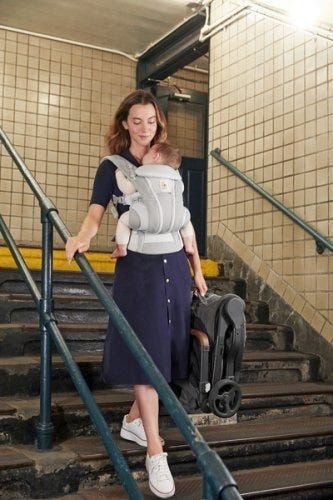

Summer adventures with your baby are a wonderful way to create lasting memories and enjoy the beauty of nature together. From baby carriers to strollers, Ergobaby products are designed to provide comfort and ease for both you and your little one. So, gear up, get outside, and explore the world with your baby by your side.
Ready to embark on your own summer adventures? Check out Ergobaby’s range of baby carriers and strollers to find the perfect match for your family’s needs. Visit our website today and start planning your next outdoor excursion!





